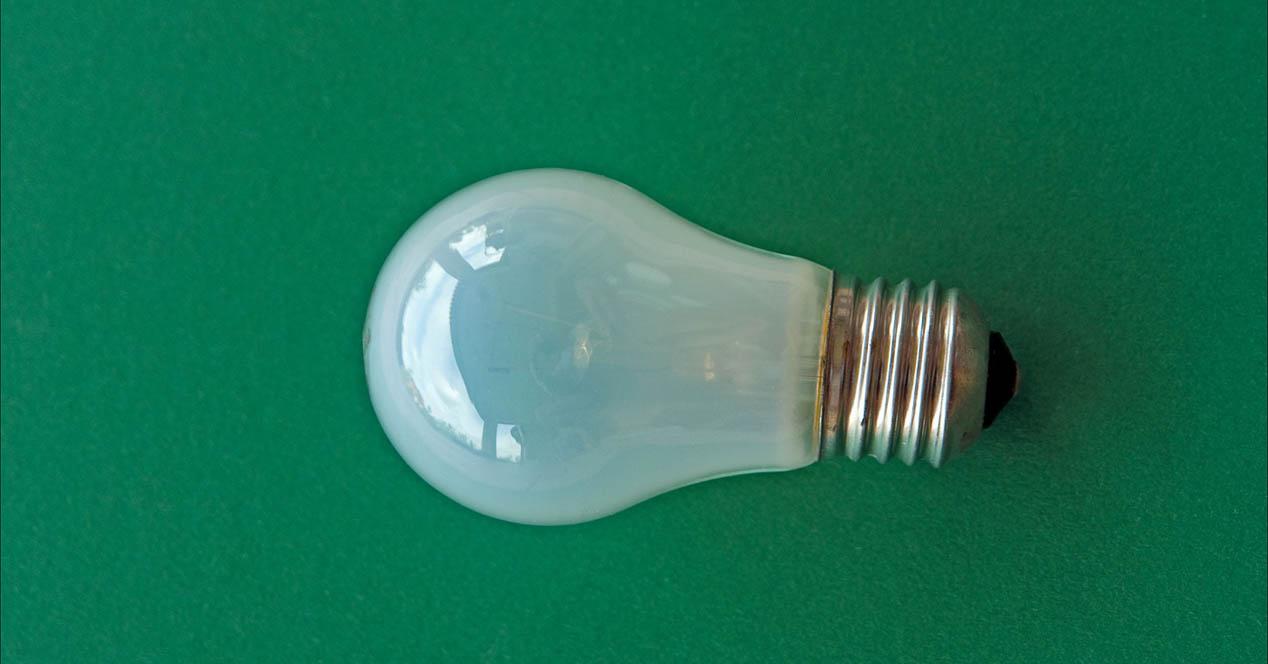Having smart bulbs at home is something that is becoming more widespread. They are devices that connect to the Wi-Fi network and that you can even control remotely, without having to be at home. You can use them to save energy, they can have motion sensors, they light up depending on the music, etc. There are many models available and also different options. Now, what are the main problems you can face when using Wi-Fi bulbs?
We are going to show you the main problems that you may encounter. Although they are interesting devices and have their uses, you can always suffer from certain problems that should be known. The objective is for you to know which are the usual ones and so you can see if you are really interested in buying these devices or what you should do to solve them.
Typical failures with Wi-Fi bulbs
You may have problems using any device that connects to the Internet. They do not always receive the signal well, there may be failures when using certain applications, it may have bad components, etc. For Wi-Fi enabled bulbs, you may notice a wide variety of issues that affect usage.
Problems connecting to Wi-Fi
One of them is that they cannot connect to the Wi-Fi network. For example, you can put them in a room, at the entrance door or wherever, and they do not receive a good signal and cannot connect to the network. That will limit its functions, logically, since you could not control them remotely.
Why can this problem appear? One reason is because you are too far from the router. The signal will not arrive well and can go wrong. There could even be interference or something blocking the signal. But it can also happen that the bulb you are using is not of quality and that is going to make it work worse.
compatibility error
There are many different models, as we have explained. There are light bulbs that do not connect directly to the router, to Wi-Fi, since they are not compatible. They will need a hub or intermediary. A device to which they will be connected so that you can control them. This is a compatibility problem, something that you should take into account when choosing the model.
Perhaps you want to have a specific feature and the bulb you use does not have it. For example, that it can be connected to Alexa or Google Home and controlled by voice commands. If it is not supported, you will not be able to use this function and you will have problems.

overheating
Another problem that you can have with smart bulbs is that they overheat. After all, it is one more device that will be connected. If they are in an area where they get too hot, especially, they can overheat and start to malfunction, like a router or other device.
What to do to avoid rest? The most important thing is that you have a quality Wi-Fi bulb. This is essential. From there, it is convenient to avoid areas that can overheat, such as having it in a lamp near a window where it receives direct sunlight or surrounded by other devices.
network saturation
Yes, a smart bulb could contribute to network saturation. It’s true that one bulb by itself is going to have little impact, but it could if you have quite a few around the house. Also, in case your router is limited, this problem may be even more present. You should always control the connected devices and prevent them from affecting you.
The more devices you have connected to a network, the more likely you are to have problems. You might notice that the connection is cut off, that it starts to slow down, or that you can’t even connect more devices. If you use wireless repeaters, this can also happen that we mentioned. You can always see the devices connected to the network.
Consumption
Although smart bulbs can be used to save energy, since some have a movement sensor or you can turn them off remotely, it is still a more connected device. It is true that consumption is small, but phantom spending will be there. It will be one more device at rest, connected to the network.
Therefore, if you only buy smart bulbs to save energy, keep in mind that they can consume more than a normal LED. It does not always happen, it will depend on the model and other factors, but you must keep it in mind to control it.
In short, as you can see, these are some of the main problems of using a light bulb with Wi-Fi. It is essential that you keep them in mind, to know which model is best for you to buy and how to use these devices.














